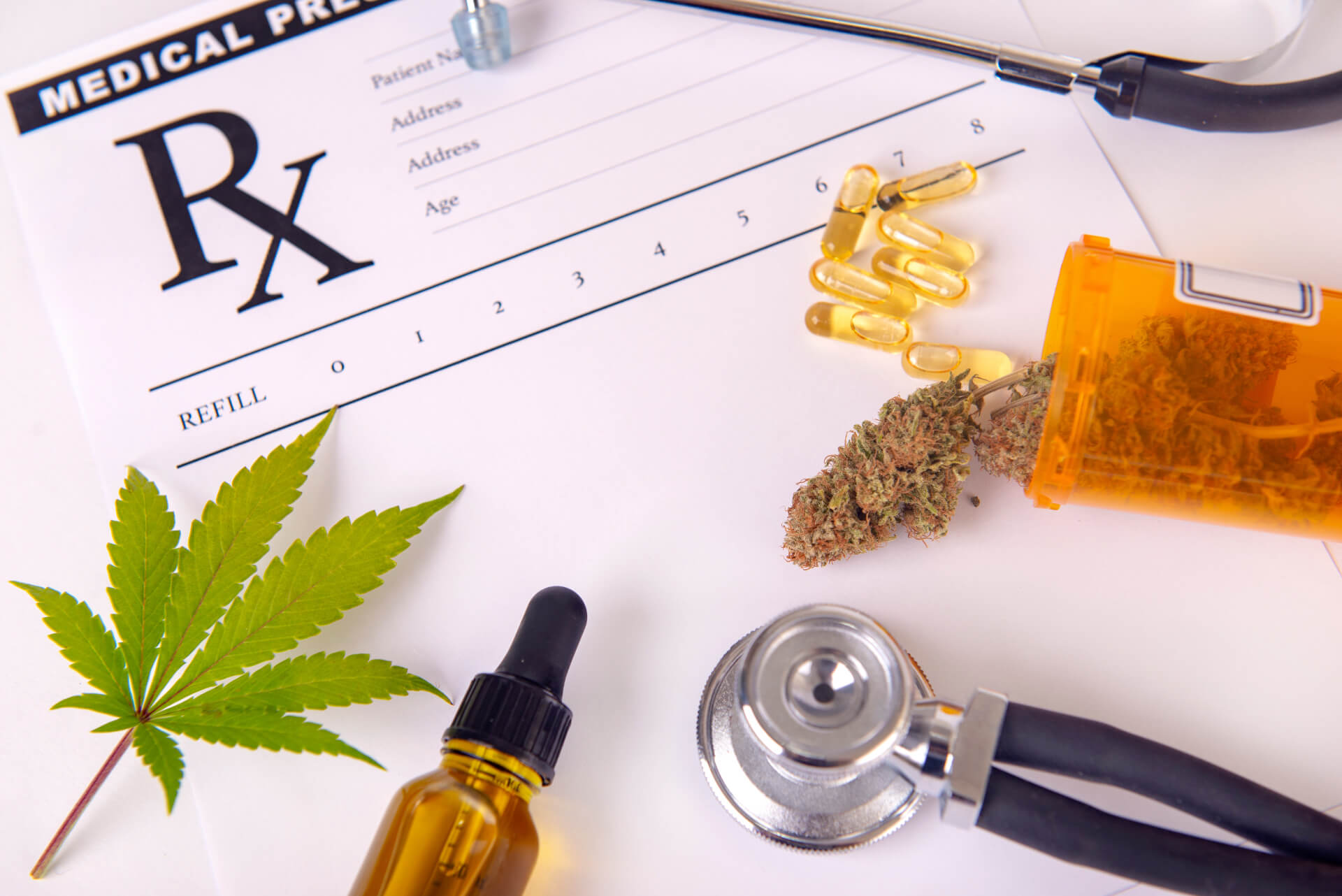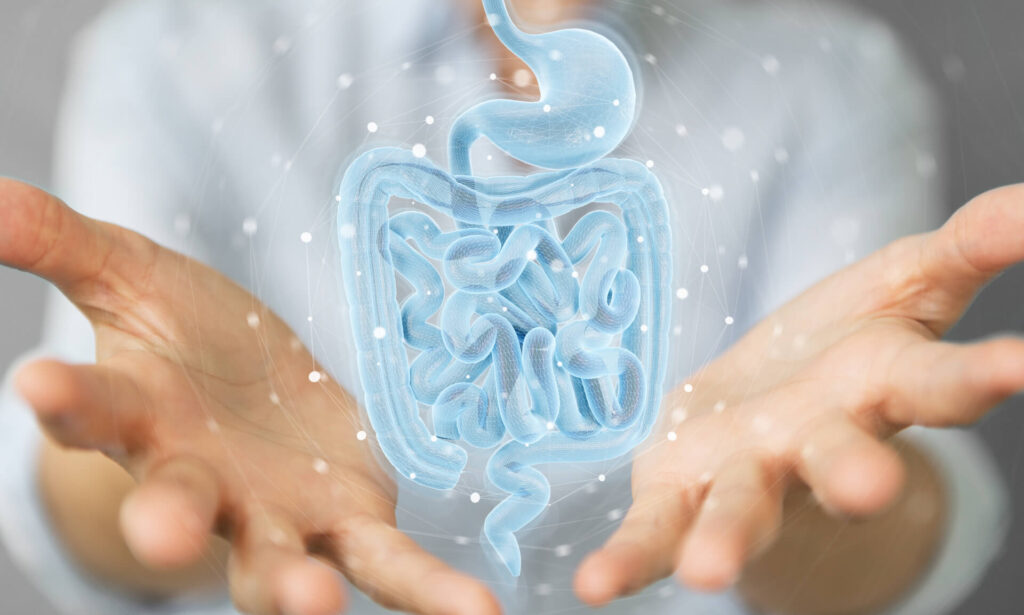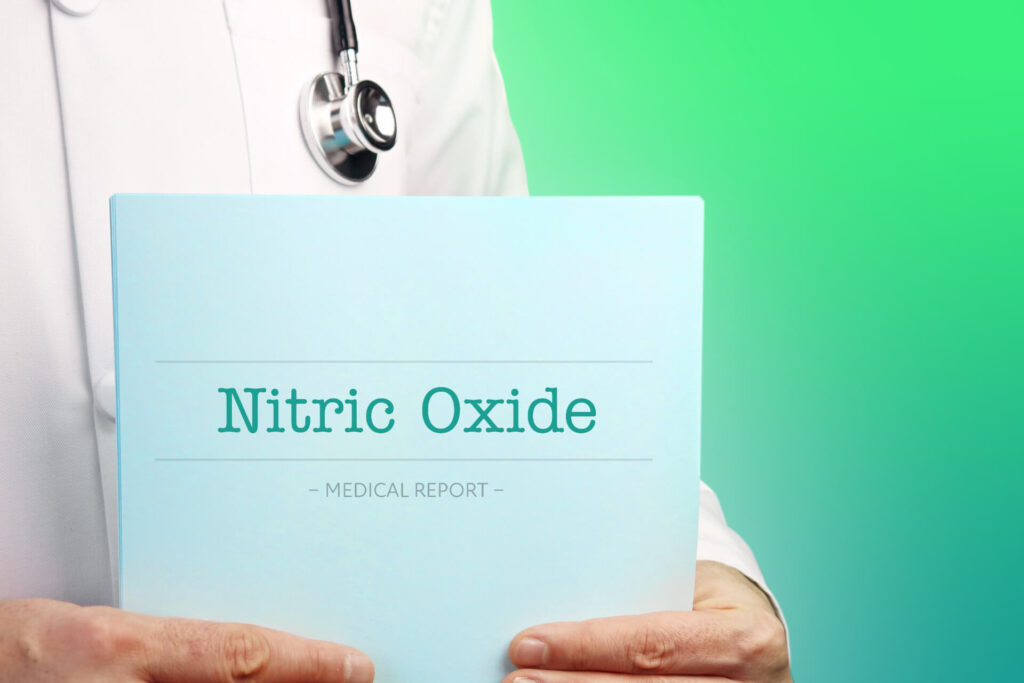In Part I, we explored our endocannabinoid system, its workings, and what it does. In Part II, we reviewed the phytocannabinoids, including THC and CBD, cannabis terpenes and how they can change the overall experience of cannabis. In this final section on cannabis, we will explore its general safety, side effects and some of the most common preparations.
Lets get Started:
Is Cannabis Safe/ Can you Die from a Cannabis Overdose?
One of the fascinating facts about your endocannabinoid system is that, despite having receptors on most other areas in your body, there are no receptors in the brain areas that control your breathing and heart rate. Without receptors in these areas, cannabis cannot stop your breathing or stop your heart.
Lab animals such as mice, dogs and monkeys can tolerate up to 1000mg THC/kg body weight. That would equate to a human ingesting their body weight in cannabis, a physical impossibility. I am not saying if you take too much cannabis, you will feel fine. You won’t. Your heart will race, your blood pressure could drop, you will have impaired motor coordination, you will feel anxious, paranoid and confused and feel like you are going to die. So yes, you can overdose on cannabis, but likely you won’t die from it.
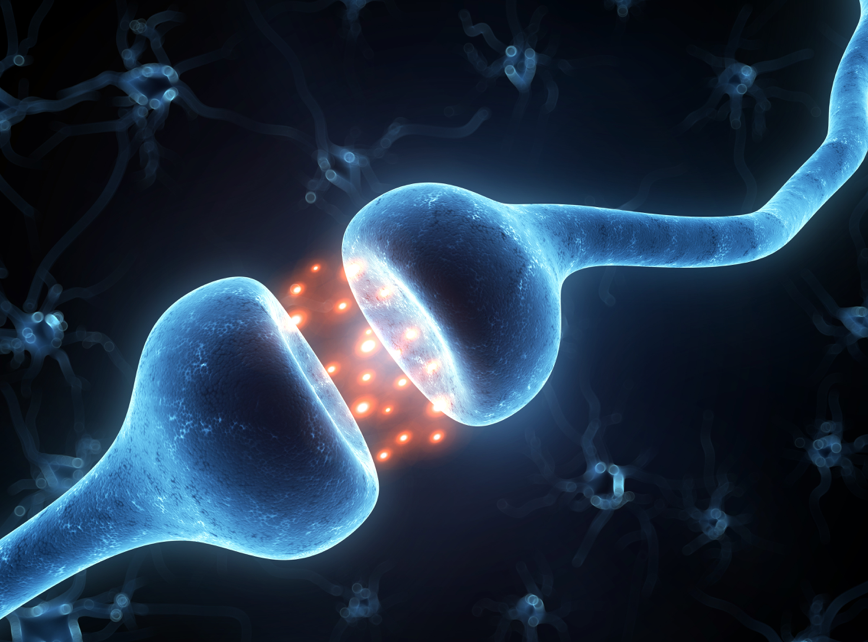
Meanwhile, there were 63,000 overdose deaths from prescription and illicit opiates in the US in 2016. There were 88,000 deaths/year from alcohol( not including accidents) and 480,000 deaths /year from smoking. There have been no reported deaths from a cannabis overdose. As a result, the CDC ( Centre for Disease Control) no longer has a category for cannabis deaths.
5 Major Cannabis Side-Effects you Should Know
1) Avoid Cannabis until Adult
I would strongly advise all parents to encourage their children to avoid cannabis until they are 18 years old and explain why. After reading Part1 , it should be clear how vital our endocannabinoid system is to our health. The problem is that this system, particularly in the brain, has not fully formed or developed until age 18. Research shows that a normal endocannabinoid system is essential for proper brain circuitry and new brain growth. When you expose the developing brain to THC and other phytocannabinoids, you alter the sensitivity and number of cannabinoid receptors you end up with when the brain finally matures. Studies of adolescents using THC-rich cannabis show long-lasting emotional and cognitive disturbances. These long-lasting effects include anxiety disorders, impulsivity control, memory issues, attention, decision making and lowered overall and verbal IQ. Studies have also shown that adolescents with a family history of schizophrenia have an increased risk of developing schizophrenia as young adults with THC use.
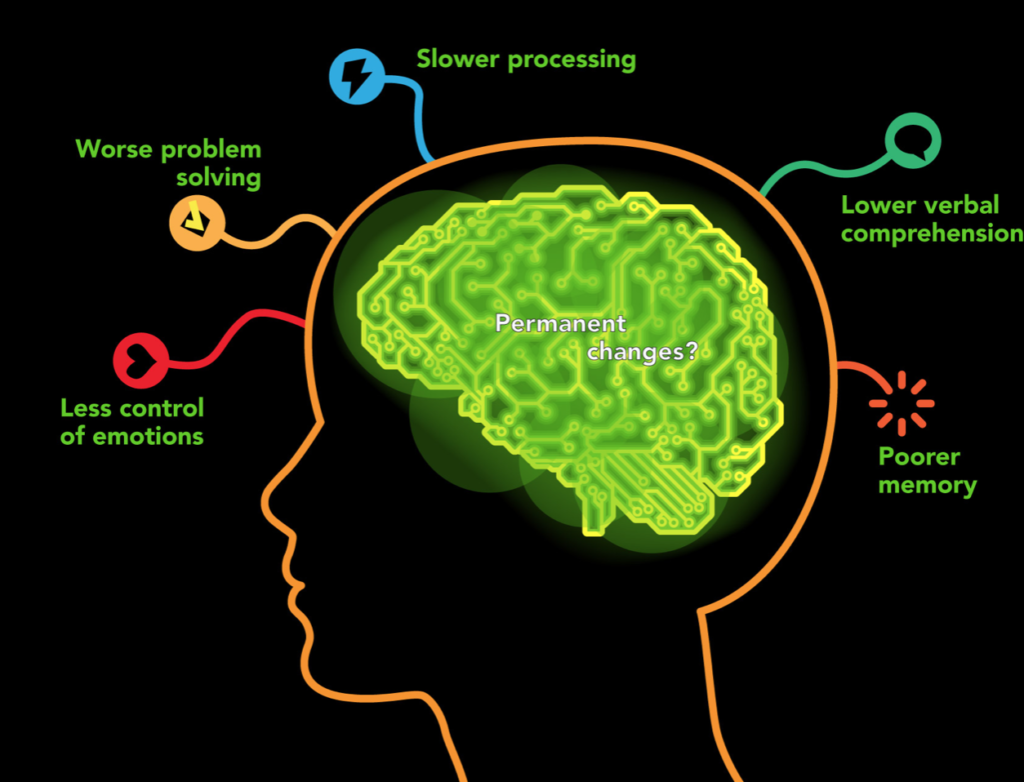
2) Avoid Cannabis while Pregnant or Breastfeeding
Studies of prenatal and breastfeeding exposure to cannabis are conflicting. We know THC crosses the placenta and is excreted into breastmilk in small quantities (1). Until we have clarity, it is best to avoid cannabis during pregnancy and breastfeeding.
3) Don't Smoke it or use a Water Bong
The adverse effects of cannabis on the lungs are all due to smoking it. Cannabis taken by other means (ingested or under the tongue) actually has a beneficial impact on the lungs. The positive effects include opening the airways, decreasing inflammation and possibly reducing the risk of lung cancer.
Those who smoke it have an increased risk of cough, bronchitis and wheezing. Switching to a vaporizer significantly reduces the risk of lung damage.
Contrary to popular belief, using a bong or water pipe actually increases the amount of smoke you inhale by 30% compared to smoking a joint.

4) Go easy for your Heart
Ingestion of Cannabis increases your heart rate. It can also decrease or increase your blood pressure. Studies (using THC, not CBD) have shown a possible rare incidence of heart attack, abnormal heart rhythm or cardiac arrest with THC.
So don’t overdo it and listen to your body.
5) Avoid Driving
Driving simulator studies show that cannabis (specifically THC) can adversely affect certain driving skills. A comprehensive survey of US accidents over ten years showed a slight increase in unsafe driving behaviour but lower than that for drivers with legal alcohol blood levels.
Although the various studies show somewhat conflicting results, what appears clear (and obvious) is that driving or operating dangerous equipment under the influence of any psychoactive substance is unsafe and that combining alcohol and THC significantly increases your risk of accidents.
Cannabis Preparations
Besides the typical way of smoking cannabis, companies and individuals are developing an increasing array of delivery methods. Below are some of the most popular ones and their pros and cons.
Inhalation
The advantage of inhaled cannabis as a delivery method is its rapid onset of action (seconds to minutes). This allows patients to quickly titrate their dose to the desired effect while minimizing side effects.
Since its effects taper within 1-4 hours, those using it for chronic conditions such as pain may find using longer-acting preparations such as oral or tinctures as a better choice for maintenance.
Vaporizers work by heating the cannabis. This allows the terpenoids and cannabinoids to be released without actually burning the material
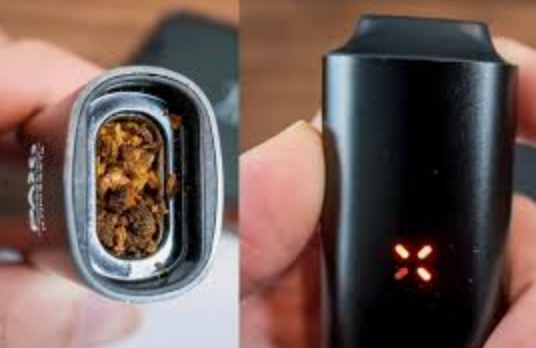
Sublingual Tinctures
Tinctures are alcohol-based liquid concentrates. With sublingual tinctures, the liquid is placed under the tongue allowing the medication to be absorbed directly through the mucous membrane into the bloodstream. Effects are usually felt within 15-60 mins.
Oral Ingestion
Taking cannabis orally through drinks or edibles has the advantage of lasting up to 6-8 hours. The problem is it can take up to 90 mins to initially feel the effects. This prolonged onset of action is the most common reason for cannabis overdose.
Inexperienced individuals who do not know their tolerance and/or the amount of cannabinoids in the product tend to redose themselves before the initial dose has taken effect.
Poison Centres are seeing an increase in cases of children unintentionally eating edible cannabis products and requiring hospital admission. In many cases these products were unregulated, looked almost identical to popular brands of candy, and contained many more milligrams of THC than approved by Health Canada.
Health Canada limits the amount of THC to 10 mg per package of edibles to try to avoid this. Still 10mg in any child or non-user is an extremely uncomfortable experience.
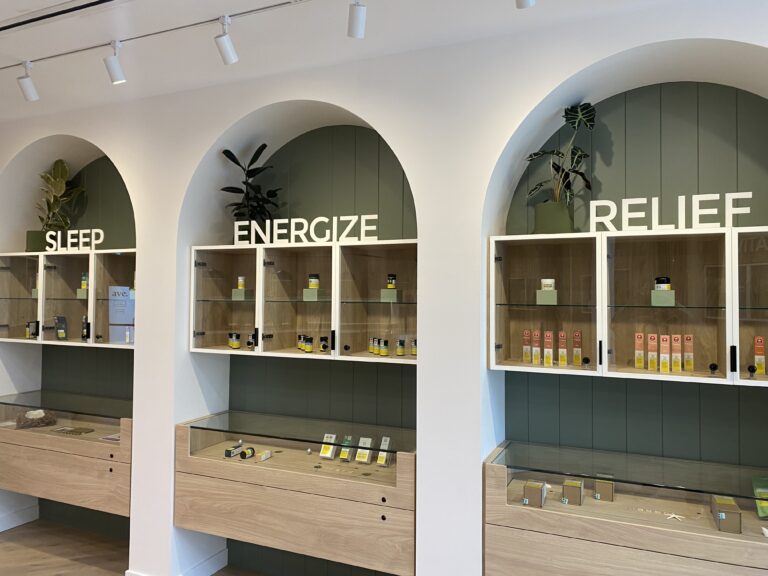
Topical
Cannabis can be made into ointments, salves and lotions and applied directly to the skin. This method works well for treating local pain (such as arthritis) or rashes (such as psoriasis or eczema). There is evidence that topical cannabis may also be effective against MRSA skin infections. Psychoactivity is rare, even with THC-rich topical preparations. Scientific studies on topical cannabis preparations show benefits for post-herpetic neuralgia and contact dermatitis.
Cannabis Future
Understanding cannabis as medicine gives us a glimpse of this plant’s complexity and potential. Although many health care providers are not up to date on the therapeutic use of cannabis, this will change. With increasing cannabis legalization, more cannabis research will be done, and medical and nursing schools will catch up on the latest clinical research.
If you are exploring cannabis use for a medical condition, I encourage you to work with your healthcare provider. An open-minded practitioner, who believes in patient-centred care, should be open to exploring and discussing this treatment modality with you.

The cannabis industry is in its infancy. Its use in textiles, nutrition, medicine and recreation will grow. As this industry takes off, let us be mindful of how we want this industry to mature. If you understand the environmental and health care benefit of buying organic food, use that knowledge and buying power in choosing your cannabis.
Life is a Journey, Let Health Be Your Guide
